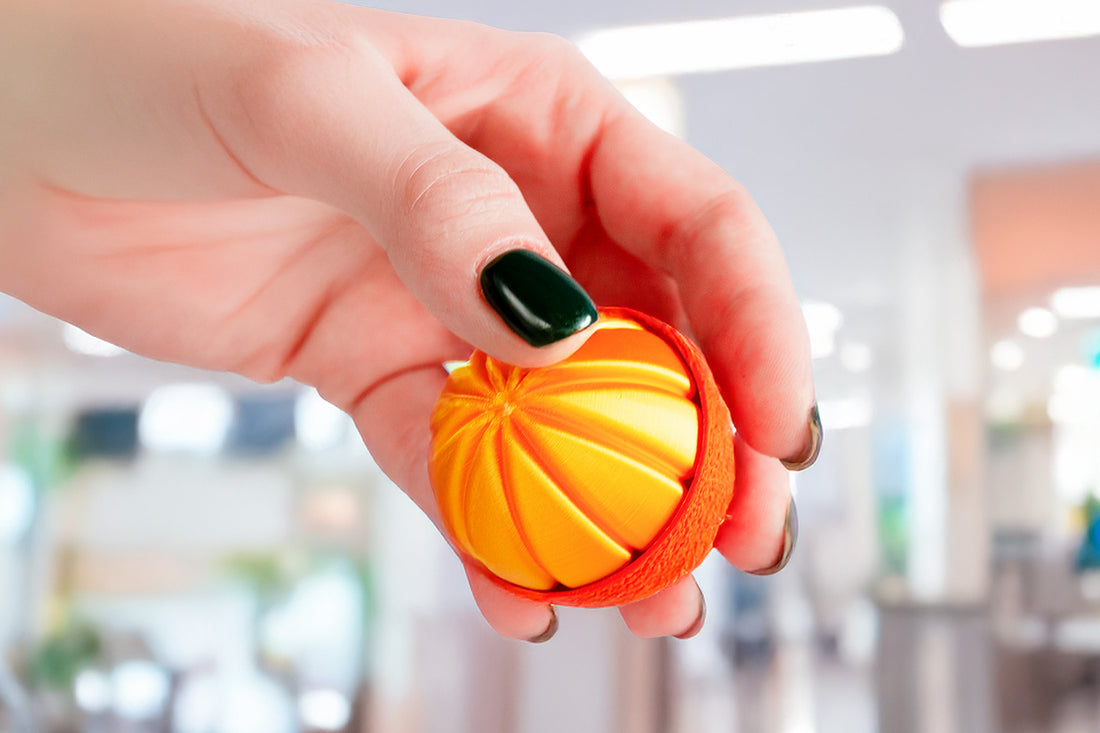
Fidgeting for Focus
Why Fidgeting Works
Fidgeting isn’t just a habit—it’s often a subconscious strategy to keep the brain engaged. This is especially true for individuals with ADHD, anxiety, or high-stress levels. Here’s why it’s so effective:
- Improved Focus: Light, repetitive motion stimulates sensory pathways in the brain, helping people stay on task.
- Stress Reduction: Fidgeting acts as a grounding technique, providing an outlet for restless energy and reducing feelings of overwhelm.
- Energy Regulation: Physical activity, even on a small scale, helps manage the mental fatigue that comes with prolonged concentration.
Types of Fidget Tools
Fidget tools cater to a variety of needs and preferences, making it easier than ever to find one that suits your lifestyle. Here are some popular types:
- Fidget Spinners: A classic tool that rotates smoothly between your fingers, offering visual and tactile stimulation. Great for people who enjoy repetitive motion without much sound.
- Stress Balls: These squeezable toys are perfect for relieving tension through hand movements. They’re soft, silent, and portable, making them suitable for most environments.
- Fidget Cubes: Featuring buttons, sliders, and switches, these multi-functional tools provide a variety of sensory inputs in one compact device.
- Clicking Toys: Tools like Moglo, with a tactile switch that produces a satisfying click and press sensation, engage both touch and hearing. These toys are excellent for personal settings where auditory feedback enhances the experience.
- Tactile Toys: Items like textured putty, stretchy bands, or tangle toys are designed for people who prefer touch-based interaction. They’re ideal for relieving stress and improving focus without drawing attention.
- Silent Fidgets: For those in shared spaces, quiet options like silicone poppers or weighted beads offer the benefits of fidgeting without disturbing others.
The Benefits of Fidgeting for All
While fidget tools are often associated with ADHD, their benefits extend to anyone seeking improved focus and stress relief. Here’s how they help:
- Students: Fidget tools can improve retention and reduce anxiety during lectures or study sessions.
- Professionals: In work environments, subtle fidgeting keeps the brain engaged during meetings or long projects.
- Everyday Use: Fidgeting provides a moment of calm in stressful situations, whether you're waiting in line or processing a tough decision.
Choosing the Right Fidget Tool
The best fidget tool depends on your specific needs:
- For Focus: Tools like spinners, cubes, or clicking toys provide rhythmic stimulation to help maintain attention.
- For Stress Relief: Stress balls, putty, or stretchy toys offer a soothing, hands-on experience.
- For Public Settings: Silent tools like poppers or tangle toys work well in shared spaces without drawing attention.
For example, Moglo, with its tactile switch and clicky feedback, is perfect for individuals who thrive on dynamic sensory input in quieter, personal spaces. When paired with other options, it creates a versatile toolkit for stress management and focus.
Fidgeting: A Tool for Better Living
Embracing fidgeting as a productivity and wellness strategy allows us to reframe what was once seen as a distraction. Whether it’s a quiet tool for the office or a tactile device for brainstorming at home, fidgeting has the potential to transform how we focus and manage stress.
Next time you feel the need to move, reach for a fidget tool and explore how these simple objects can enhance your day-to-day life. From spinners to stress balls to innovative options like Moglo, there’s a fidget tool out there for everyone.
